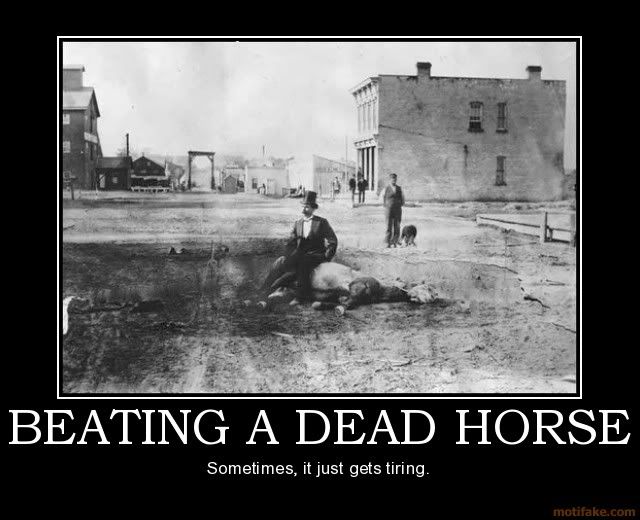quote:
Originally posted by TPM:
quote:
Originally posted by Low Finish:
Hitters had to think, and so did pitchers.
They don't do that now?
Gibson helps out in spring training for STL, it was a humbling expereince for son to sit in the dugout with him. These are the great players of the past that inspire young players, but who can or cannot say whether they or anyone else would be the same pitcher or hitter today that they were during that era?
It's not needed as much. In the old days, batters covered a strike zone from their armpits to the bottom of the knee caps. You had to anticipate where the ball was going to come in. We tell hitters today "Don't guess", and many of them don't hit very well.
There are some players who clearly do think out there, and I think they're the better players in the league. Gibson and Feller threw off 15 inch mounds (for the majority of Gibson's career, and Feller always threw off a 15 inch mound). The benefit to this was that high strikes dropped more, and low strikes dropped a lot more.
It's just like the push/pull off of the rubber argument. Good hitters push with their core muscles to move off of the ground. Good pitchers push with their core muscles to move off of the rubber.
I seem to have rambled... I think Feller and Gibson would be very good today, because they thought, rather than just pitched. I want guys who think playing for me.





